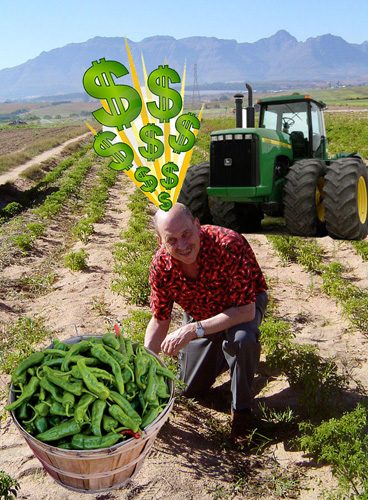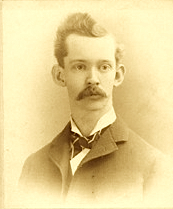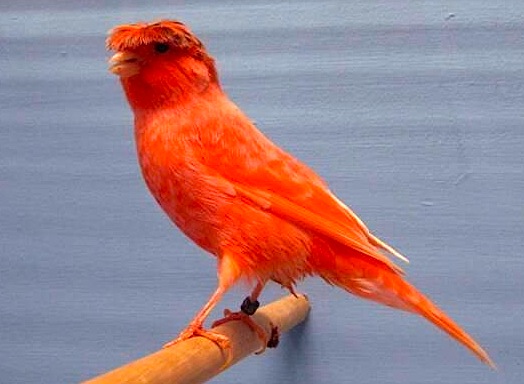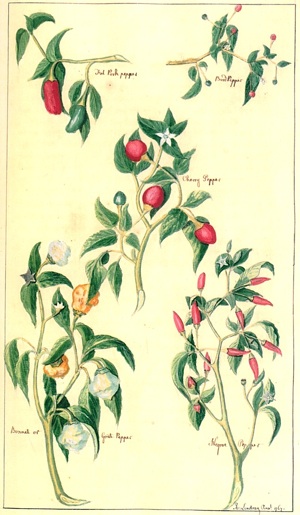By Dave DeWitt [Editor’s Note: This piece of satire was written in 1993, so some of the estimated costs may have changed. Do you think they might have gone up?] After a particularly good harvest, many of us amateur pepper gardeners yearn to go pro. We dream of hitting the big leagues and making a fortune by growing and harvesting …
Wilbur Scoville and the Organoleptic Test Centennial
By Dave DeWitt [Author’s Note: The year 2012 marks the Centennial Anniversary of the Scoville Organoleptic Test, so I decided to apply all my food history online research skills that I’ve honed over the past five years to create what is the first definitive—however brief—biographical essay on Scoville. Fortunately, the combination of Google Books, Google Scholar, and other online resources …
Historical Uses of Cayenne
For millennia, cayenne in its various forms has been considered to be beneficial to mankind both as a food and a medicine. Researching in Google Books, I came across the following uses for cayenne, which has become a generic term for any hot red chile powder. The Cayenned Canaries At any ordinary bird show, canaries of a special breed the …
Chiles Around the World, 1889
This seems to be one of the few historical worldwide surveys of chiles and their consumption globally. It is interesting for several reasons. First, it is the first debunking of the notion that chile seeds are hot that I have ever found; second, it reports on adulterated cayenne, a problem in India, England, and the U.S. for centuries; and third, …
When Hot Sauce is a Cure: Mandram and Asher Sauce
Many folk remedies are made with chile peppers, as I detailed with two coauthors in The Healing Powers of Peppers (Three Rivers Pres, 1998). We discovered chile peppers being used in infusions, syrups, teas, tinctures, liniments, ointments, poultices, salves, and oils. Perhaps the most unusual treatments were two hot sauces, one to improve the appetite and the other to combat …





